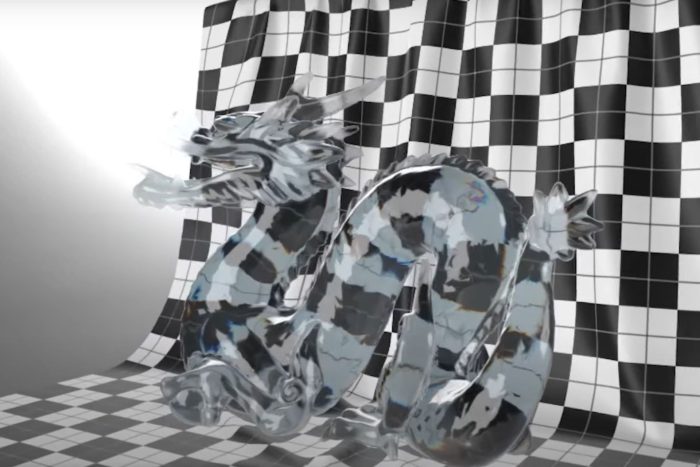Microsoft's new Babylon.js 7.0 allows for complex 3D rendering without having to download large 3D assets
Babylon.js 7.0 promises a new era for game development.
3 min. read
Published on
Read our disclosure page to find out how can you help Windows Report sustain the editorial team Read more

Babylon.js 7.0 is here and Microsoft has updated the tool with some game-changer features, including the addition of exciting procedural geometry, which the Redmond-based tech giant calls Node Geometry.
The company says Node Geometry is an advanced system that allows developers to create procedural geometry using a non-destructive node tree system. This means Babylon.js 7.0 is capable of creating anything from tiny geometric variations to complex worlds/landscapes.
However, the most intriguing part of the Node Geometry technology is its ability to use the CPU to create large 3D assets, instead of having to download them.
Procedural geometry offers the ability to create complex geometry at run/build time. This means that the end-user doesn’t have to download large 3D assets. Instead, the local machines/devices can use the CPU to create those assets. This means rather than requiring your web visitors to download hundreds of MBs worth of 3D assets, they can instead download a few KBs worth of Node Geometry data and allow their own machine to create the geometry. This adds a tremendous layer of flexibility for creators to offer the perfect loading/performance optimization for their unique web experience!
Microsoft
Together with the new Node Geometry, Babylon.js 7.0 also introduces three more capabilities: Global Illumination, Gaussian Splat Rendering, and Ragdoll Physics.
Global Illumination allows for a more real rendering of lights and shadows in virtual environments.
With Babylon.js 7.0, we are excited to introduce support for basic Global Illumination. This highly desired and advanced feature allows Babylon.js scenes to render even more lifelike experiences by allowing light and shadows to “bounce” around environments in a way that much closer matches reality.
Microsoft
Gaussian Splat Rendering allows developers to capture and display real-world elements with almost perfect visual fidelity. The Redmond-based tech giant says Babylon.js 7.0 can support this capability on the web, across all devices, running at 60 fps.
Gaussian Splatting is a new technique to capture and display volumetric data using Neural Radiance Fields, point clouds and billboards. In more simple terms, it’s an advanced way of allowing people to capture and display the real world with a level of unmatched visual fidelity and performance.
Microsoft
Ultimately, Ragdoll Physics allows Microsoft to enhance Babylon.js 7.0 with ragdoll animation. When this is enabled, any skeletal rigged asset collapses and flops around with limp lifelessness.
You can read the full blog post here. If you want to read more detailed documentation about each capability coming with Babylon.js 7.0, you can do so by heading over to the official website.








